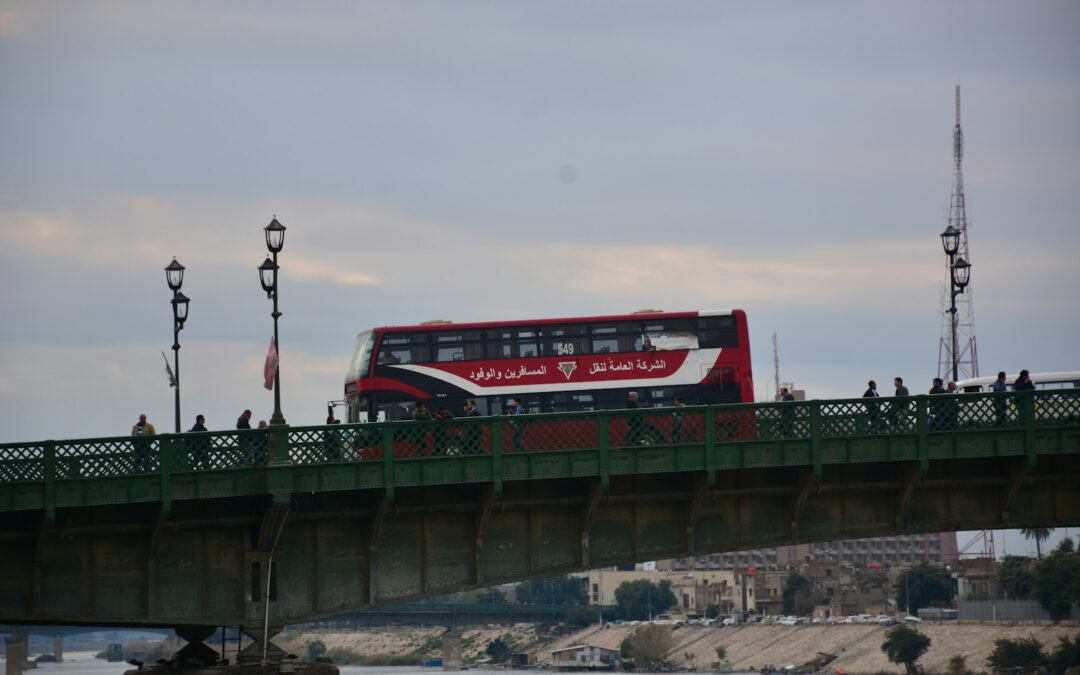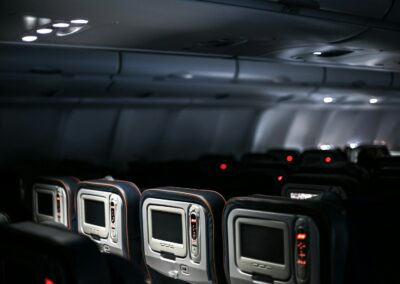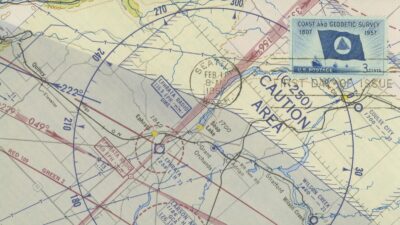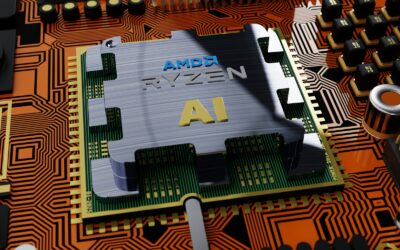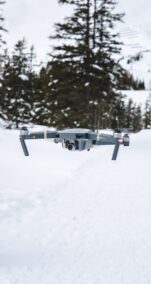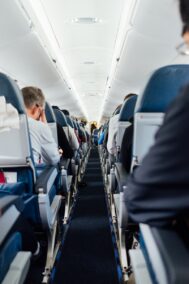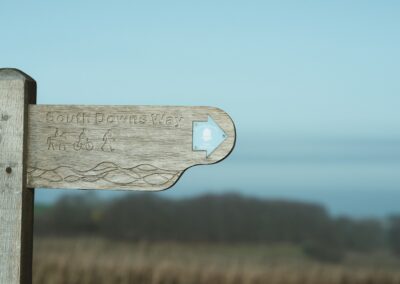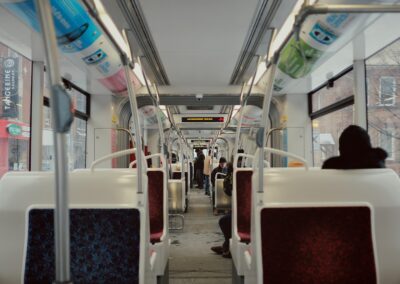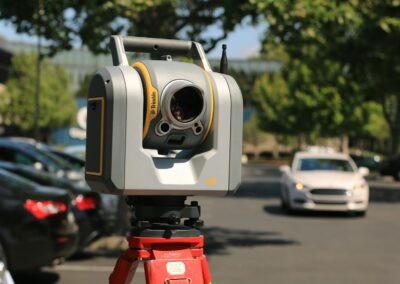Revolutionizing Navigation with Augmented Reality
The Rise of AR Navigation in the Transportation Industry
AR navigation in transportation offers a transformative approach to enhancing navigation for both drivers and passengers. By overlaying digital information onto the physical world, AR provides real-time, interactive guidance that improves safety, efficiency, and overall travel experience.
AR navigation systems can project directions, traffic information, and hazard alerts directly onto the vehicle’s windshield or a driver’s headset. This hands-free approach allows drivers to keep their eyes on the road, reducing distractions and enhancing situational awareness. For passengers, AR navigation can offer interactive maps, points of interest, and real-time updates on travel progress, making the journey more engaging and informative.
The application of AR in transportation extends beyond personal vehicles to public transport, logistics, and urban planning. By providing accurate and dynamic information, AR can optimize route planning, reduce travel time, and improve the reliability of transport services. This technology not only benefits individual users but also contributes to the overall efficiency and sustainability of transportation systems.
Key Features and Benefits of AR Navigation
The implementation of AR navigation in transportation brings numerous features and benefits that enhance the driving and passenger experience. One of the primary advantages is real-time navigation assistance. AR systems can provide turn-by-turn directions, lane guidance, and speed limits directly in the driver’s field of view. This real-time information helps drivers make informed decisions quickly, reducing the likelihood of errors and accidents.
Another critical feature is the integration of traffic and hazard alerts. AR navigation systems can access live traffic data, providing drivers with updates on congestion, road closures, and accidents. This proactive approach allows drivers to adjust their routes and avoid delays, improving overall travel efficiency. Additionally, AR can highlight potential hazards such as pedestrians, cyclists, and obstacles on the road, enhancing driver awareness and safety.
For passengers, AR navigation systems offer an interactive and engaging travel experience. Passengers can access real-time information about their journey, including estimated arrival times, nearby attractions, and public transport connections. This interactive approach enhances the travel experience by providing valuable information and entertainment, making the journey more enjoyable and informative.
Case Studies of AR Navigation Implementation
Several successful implementations of AR navigation in transportation highlight the potential of this technology to transform the industry. One notable example is the use of AR navigation by luxury car manufacturers such as Mercedes-Benz and BMW. These companies have integrated AR navigation systems into their vehicles, providing drivers with real-time, heads-up displays that enhance navigation and safety. The AR systems project navigation instructions, speed limits, and hazard alerts directly onto the windshield, allowing drivers to stay focused on the road.
In public transportation, cities like Dubai and Riyadh have started to explore AR navigation to improve the efficiency and reliability of their transport systems. For example, Dubai’s Roads and Transport Authority (RTA) has implemented AR navigation in buses and trains, providing passengers with real-time information about their routes, connections, and nearby attractions. This initiative enhances the passenger experience and encourages the use of public transport by making it more accessible and user-friendly.
In the logistics sector, companies like DHL and FedEx have adopted AR navigation to optimize their delivery operations. AR systems help drivers plan efficient routes, avoid traffic congestion, and ensure timely deliveries. By improving route planning and reducing travel time, these companies enhance their operational efficiency and customer satisfaction.
Best Practices for Implementing AR Navigation Systems
To successfully implement AR navigation in transportation, several best practices should be followed. First, it is essential to prioritize user-friendly design and functionality. AR navigation systems should be intuitive and easy to use, providing clear and concise information without overwhelming the user. This involves careful consideration of the user interface, ensuring that it is accessible and convenient for both drivers and passengers.
Second, integrating real-time data and updates is crucial for the effectiveness of AR navigation systems. This includes accessing live traffic data, weather conditions, and road hazards to provide accurate and timely information. Collaborating with local authorities and transport agencies can help ensure the availability of reliable data, enhancing the accuracy and relevance of the AR navigation system.
Third, continuous testing and feedback are vital for refining and improving AR navigation systems. Conducting regular testing with real users, gathering feedback, and making necessary adjustments can help address any issues and enhance the overall performance of the system. By involving users in the development process, companies can create AR navigation systems that meet the needs and expectations of their target audience.
Conclusion: The Future of AR Navigation in Transportation
AR navigation in transportation represents a significant leap forward in enhancing the travel experience for drivers and passengers. By providing real-time, interactive guidance, AR systems improve safety, efficiency, and convenience. The successful implementation of AR navigation by various companies and cities demonstrates the potential of this technology to transform the transportation industry.
As AR technology continues to evolve, we can expect even more innovative applications and improvements in navigation systems. Embracing these advancements and prioritizing user-friendly design and functionality will be key to maximizing the benefits of AR navigation. By doing so, we can create a more efficient, safe, and enjoyable travel experience for everyone.
—
#ARNavigationInTransportation #AugmentedRealityNavigation #TransportationTechnology #ModernNavigationSystems #BusinessSuccess #LeadershipAndManagementSkills #GenerativeArtificialIntelligence #SaudiArabia #UAE #Dubai #Riyadh

